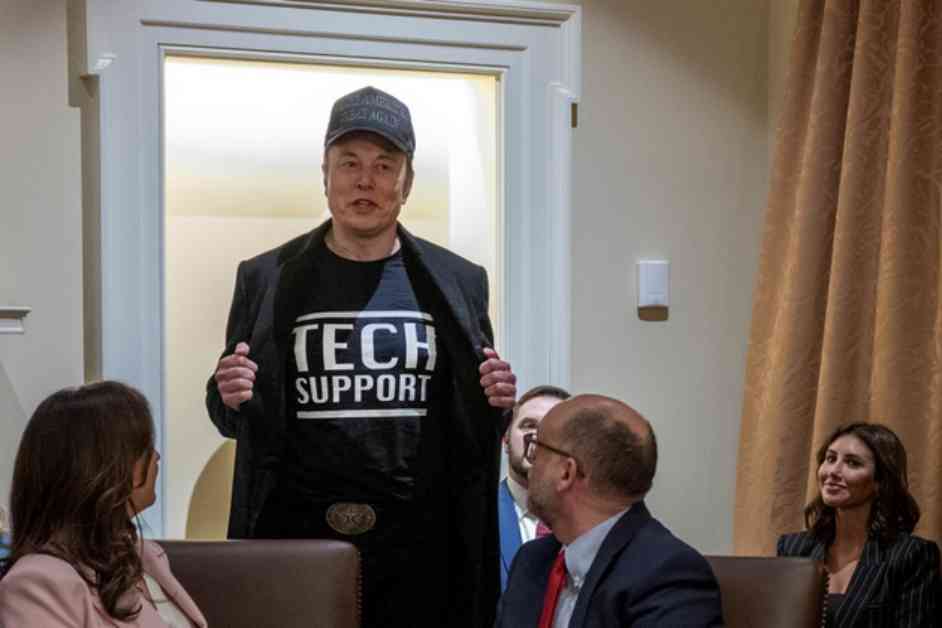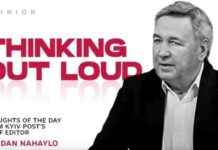Elon Musk’s Controversial Presence in Trump’s Cabinet Meeting
Elon Musk, the enigmatic tech billionaire known for his ventures like SpaceX and Tesla, made headlines recently for his unexpected appearance at Donald Trump’s Cabinet meeting. The scene was set with Musk donning a black “Make America Great Again” baseball cap and t-shirt, a stark contrast to the traditional suits and ties of other attendees. As the world’s richest man and a significant campaign contributor to Trump, Musk’s presence raised eyebrows and sparked a flurry of questions and controversies.
Unconventional Attire and Unprecedented Influence
Seated among top department secretaries and military officials, Musk’s role as the head of Trump’s semi-official Department of Government Efficiency (DOGE) drew attention and criticism. His alleged involvement in large-scale layoffs of federally employed individuals led to protests and legal challenges across the country. Despite facing backlash from both Democrats and Republicans in Congress, Musk asserted his presence at the Cabinet meeting, where he engaged in prolonged discussions that overshadowed even the President’s remarks.
Trump’s acknowledgment of the public discontent towards Musk was evident as he questioned the Cabinet members about their opinions on the tech mogul. However, the silence that followed highlighted the complex dynamics of power and influence at play. Musk’s unconventional approach to governance, exemplified by his decision to bring his young son to a press conference in the Oval Office, added a layer of intrigue to an already controversial situation.
Financial Contributions and Policy Initiatives
With a staggering contribution of $280 million to Trump’s 2024 presidential campaign, Musk solidified his position as a key player in the political landscape. His promise to give away $1 million a day to voters during the presidential race underscored his unorthodox methods of engaging with the public. Musk’s assertion during the Cabinet meeting that there were deceased individuals on the government payroll, sparking debates and fact-checking from former Social Security employees, showcased his willingness to challenge the status quo.
While some Cabinet members voiced their support for Musk’s initiatives, others remained apprehensive about his unorthodox strategies. The requirement for federal employees to document their weekly accomplishments, known as the “five things” rule, exemplified Musk’s results-driven approach to governance. Despite differing opinions within the Cabinet, Trump expressed overall satisfaction with Musk’s contributions, emphasizing the respect and admiration he commanded among the officials.
In Conclusion
As the dust settles on Musk’s controversial presence at Trump’s Cabinet meeting, the lingering questions and debates surrounding his influence and methods continue to resonate. The intersection of technology, finance, and politics embodied by Musk’s persona highlights the evolving landscape of governance and decision-making in the modern era. While his actions may have divided opinions and sparked controversies, Musk’s unwavering commitment to efficiency and innovation remains a driving force behind his unorthodox approach to leadership.
John Moretti, an experienced author and correspondent for Kyiv Post, provides valuable insights into the intricate dynamics of Musk’s involvement in the political sphere. His expertise in Eastern European economics and international public policy offers a unique perspective on the implications of Musk’s actions within the broader context of global governance and technological advancement.

















